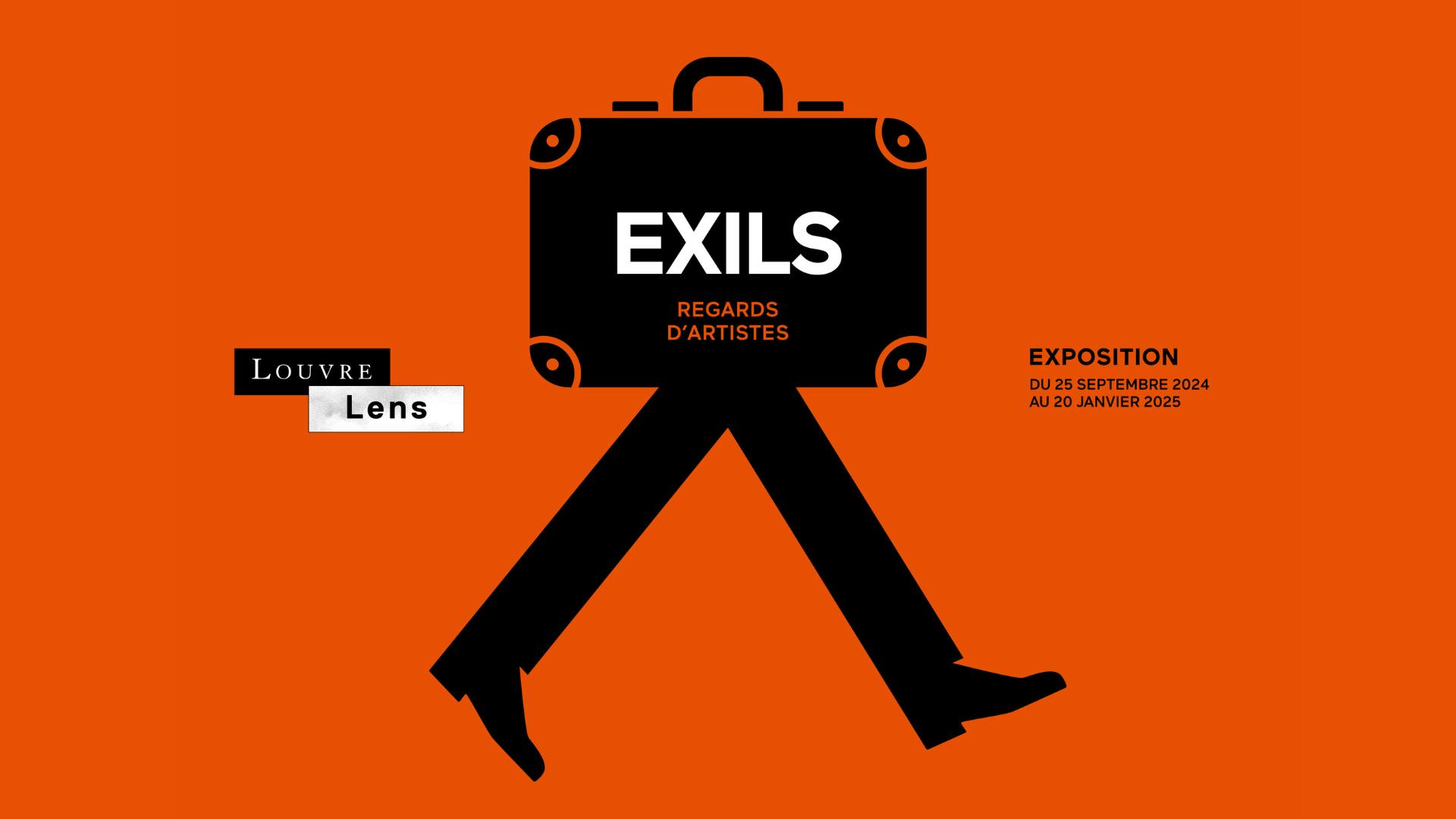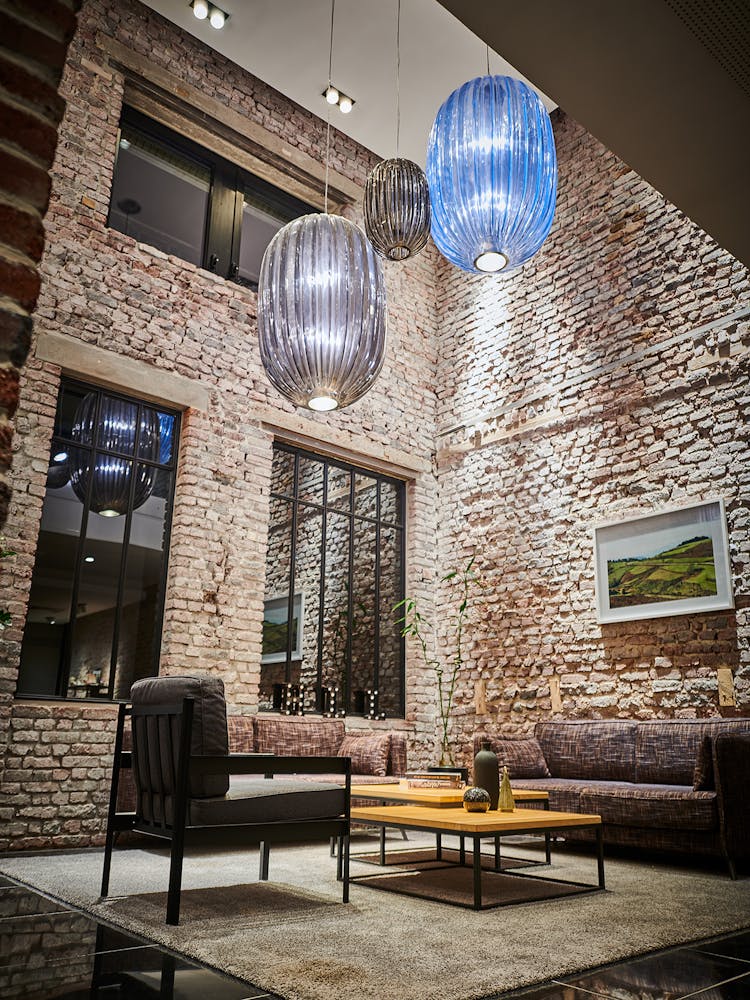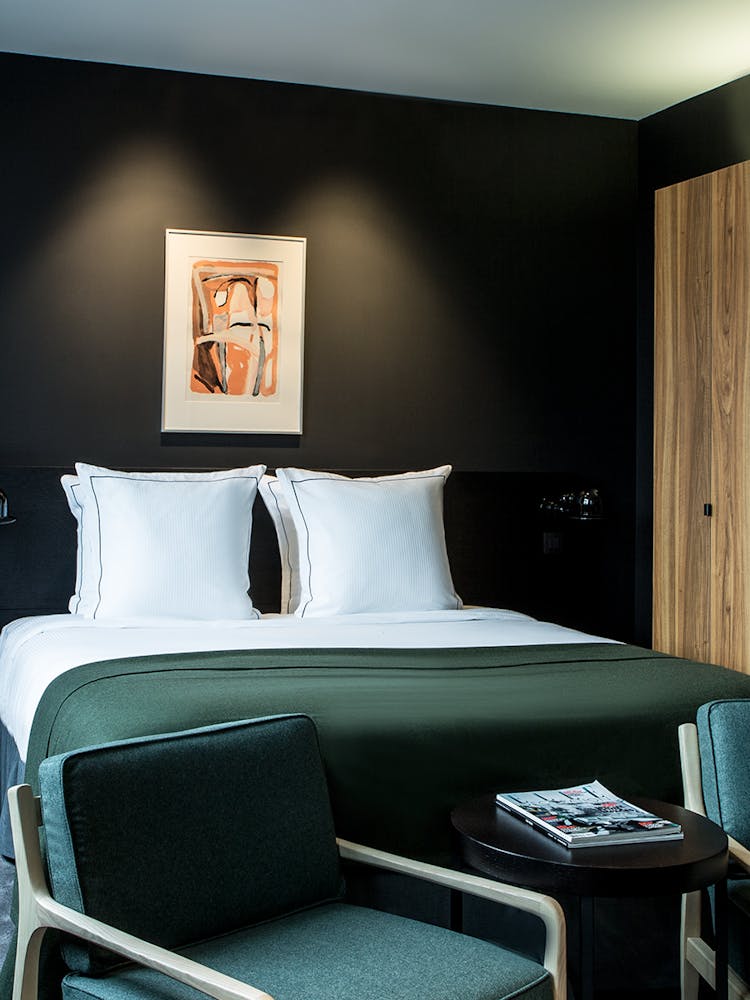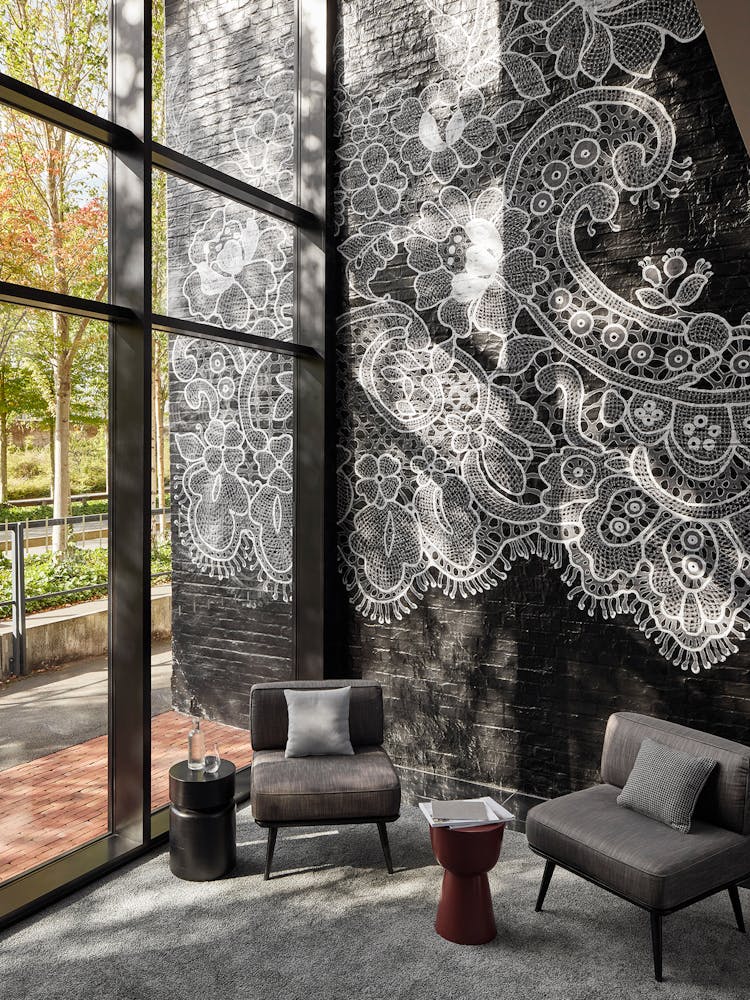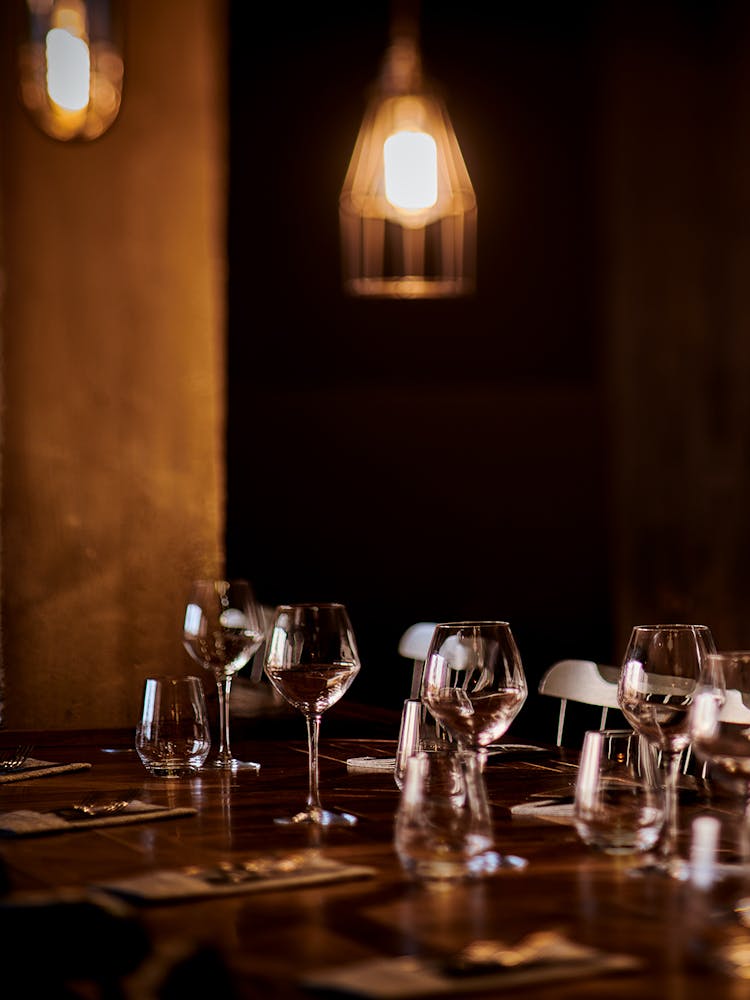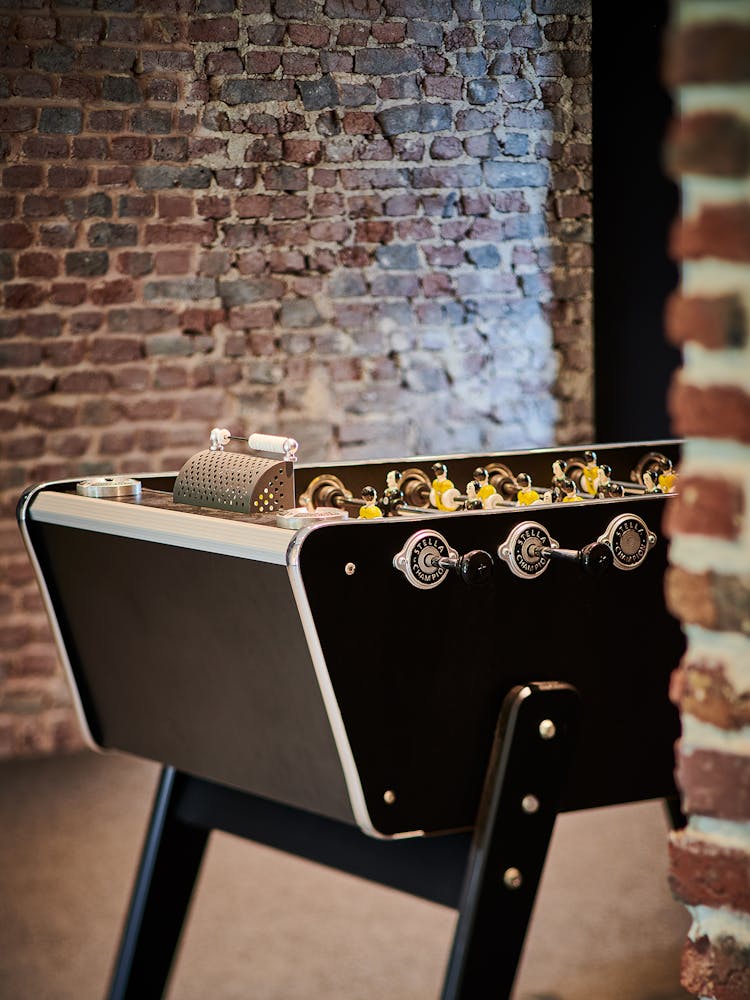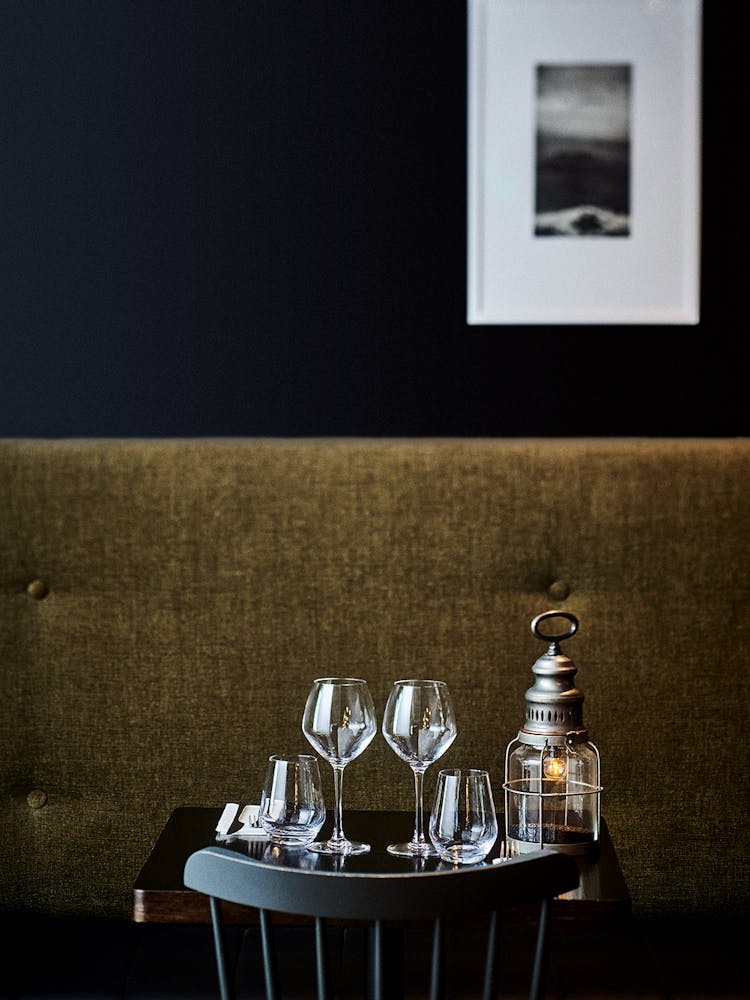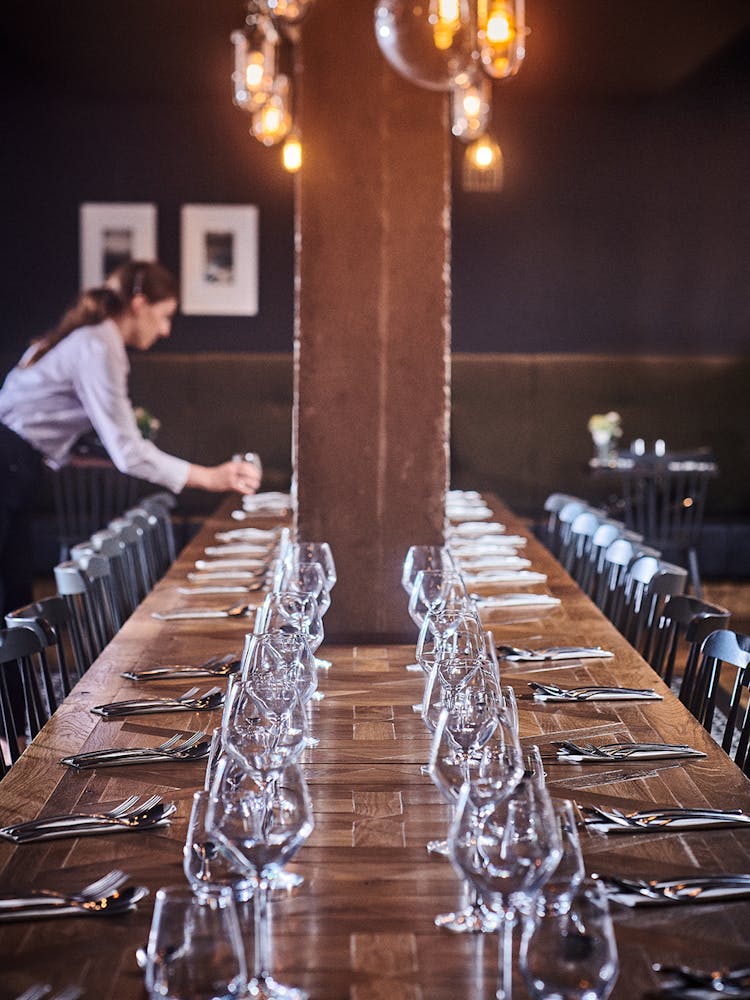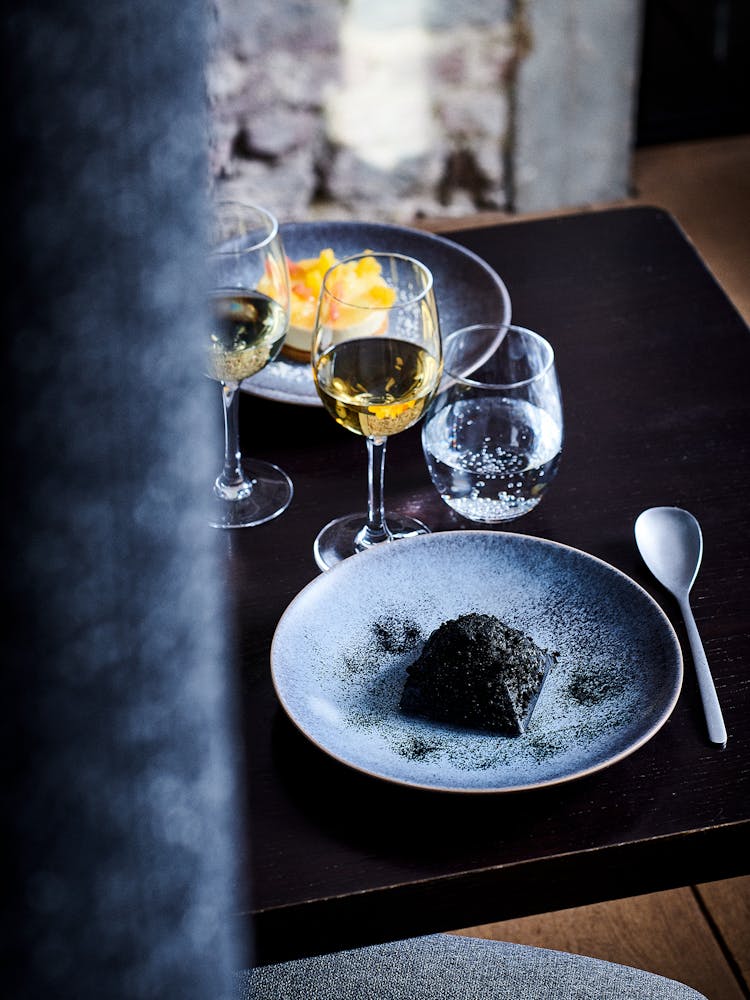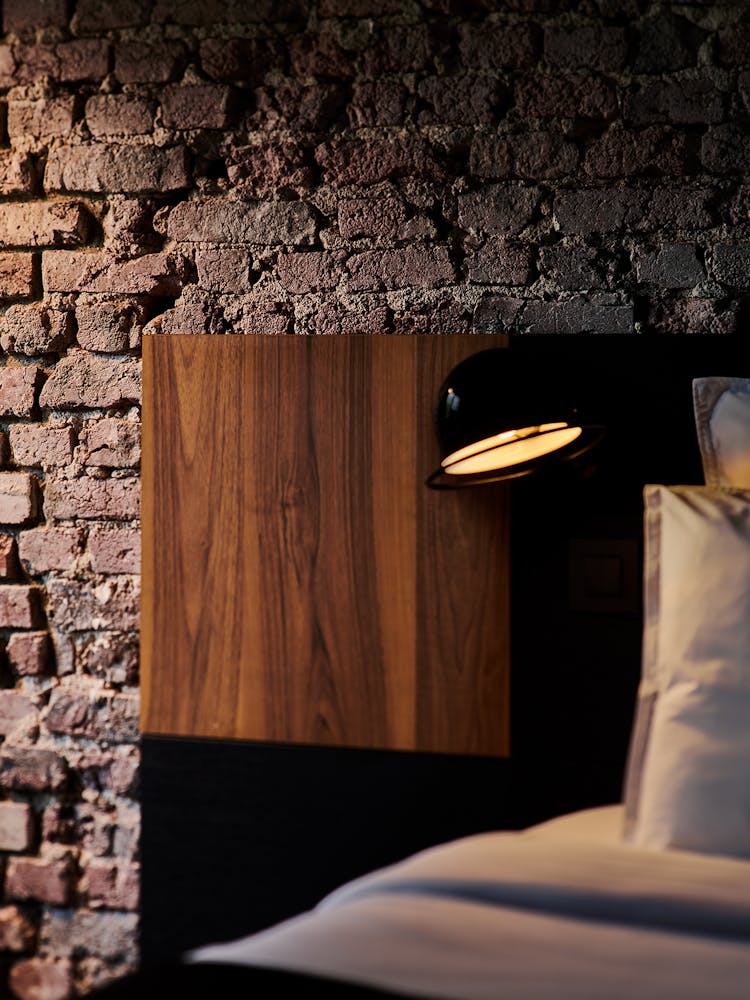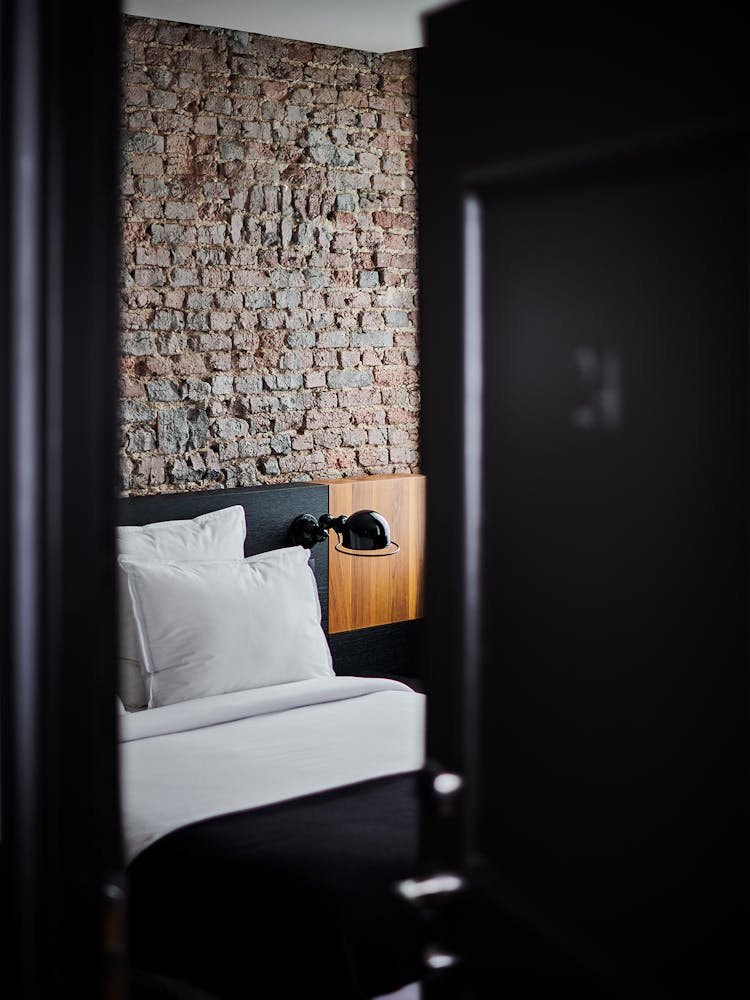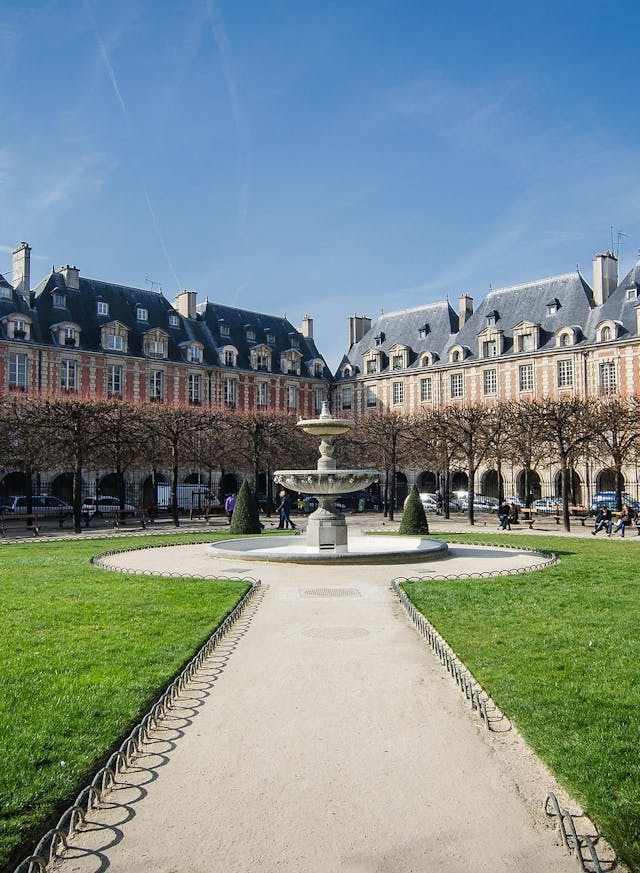
Exposition
Exiles and creations: An immersive Experience at the Louvre-Lens
This autumn, the Louvre-Lens Museum invites you to discover an original and profoundly human exhibition entitled "Exiles. Artist perspectives". From 25 September 2024 to 20 January 2025, immerse yourself in an artistic journey through the universal theme of exile. This multidisciplinary exhibition, curated by Dominique Font-Réaulx and developed in collaboration with École du Louvre students and local residents, explores how exile – both in its tragic and transformative aspects – has inspired and shaped artistic creation through the ages.
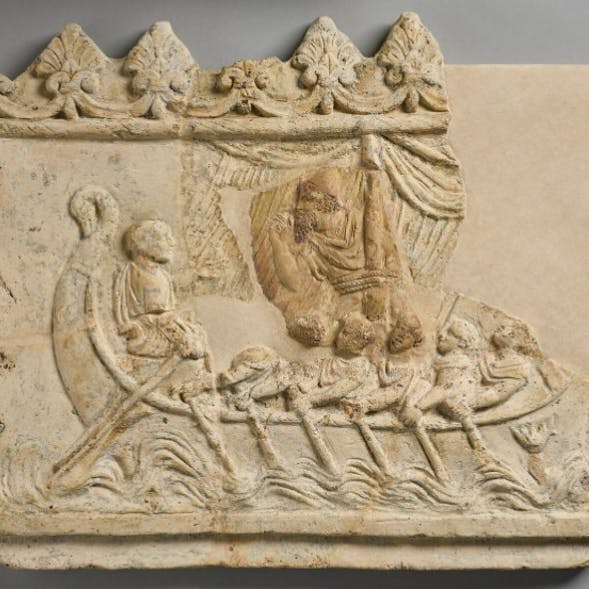
Exile as a Source of Creativity
Exile, whether voluntary or forced, is an experience that implies not only a geographical displacement but also the uprooting of an identity and a culture. The exhibition currently on show at the Louvre-Lens draws on more than 200 works and objects, striving to place the question of exile in an artistic context, to explore the ways in which artists have transformed this experience into creative energy. Whether through tragic departures, chance encounters or uncertain welcomes, exile is presented as a catalyst for new forms of artistic expression.
This rich collection of works, including paintings, sculptures, photographs, literature and film, bears witness to the diversity of experiences of exile throughout history and across cultures. Icons from Greek and Roman mythologies, such as Ulysses and Aeneas, are showcased alongside works by contemporary artists, creating a bridge between past, present, and the exiles themselves.
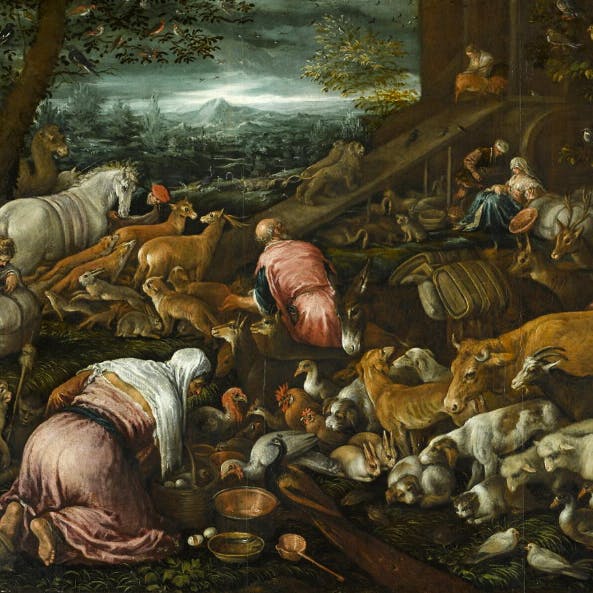
A Moving, Enlightening Experience
The exhibition is designed to immerse visitors in the varied aspects of exile.
The first section, entitled “L’Exil, une destinée humaine ”, focuses on foundational narratives. From biblical texts to Homer’s epics, these works have been revisited by contemporary artists to underscore both their relevance and universality. Representations of the Flood, for example, are present in many cultures, reminding us of the fragility of the human condition in the face of nature and divine power.
The following section, “Passages et arrachements ”, deals with the separation associated with exile. The journey across a sea or an ocean, symbolizing a transition between two worlds, plays a key role. The body of water takes centre stage; the works displayed treat it as a source of hope, but also of danger – a place where life and death are insidiously intertwined. Artists including Jems Koko Bi and Miriam Cain capture the anguish and solitude of such crossings, while works such as Édouard Manet’s Rochefort’s Escape illustrate the precariousness of migrants before the immensity of the ocean.
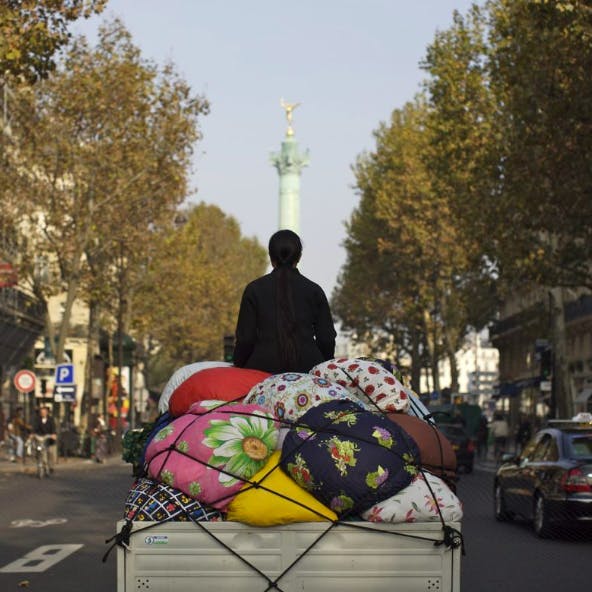
Welcome, Memory, and Nothingness
The third part of the exhibition, entitled “Accueillir ”, takes a closer look at the interactions between exiles and host societies. Works such as those by Barthélémy Toguo highlight the invisible borders separating migrants from residents, while photographs by Marseille-based Studio Rex capture the faces of those who have been forced to flee their homes and find refuge elsewhere.
“Créer en exil, entre deux mondes” highlights the duality of creativity in exile, with artists shifting between two worlds. The works of Victor Hugo, while exiled in Jersey, or those of Picasso, who left Spain for Paris, are a testament to this tension between nostalgia and renewal. Creativity is fed by the need to think back to places left behind and reflects the distance between “here” and “elsewhere”.
The result is a consideration of “Mémoires”. Past experiences become the raw materials for artistic creation, leading to the exhibit’s next section, where Past, Present and Future enter into a sort of dialogue. The artists transform and reinvent their memories through their works, building bridges between their roots and their new realities. Édouard Glissant used the term “traces” to illustrate this duality. Sally Gabori’s paintings, for example, are abstractions of her native island, a poignant reminder of the landscapes of her childhood.
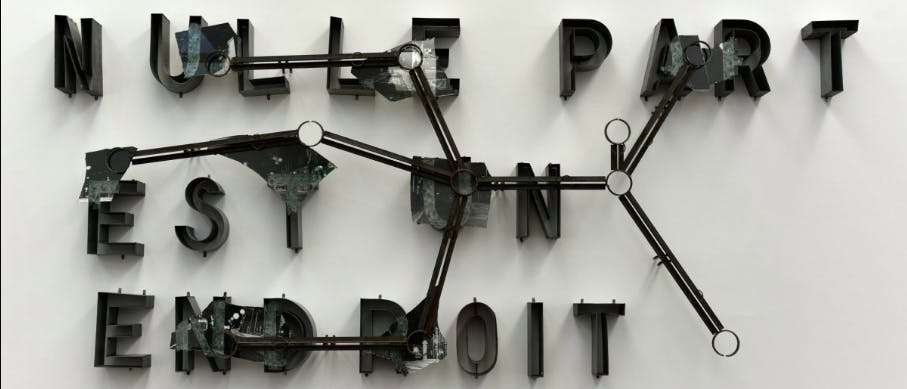
Lastly, a section entitled “Nulle part” brings together works that conjure up the melancholy and uncertainty of an existence in limbo – neither here, nor there. In these pieces, the feeling of drifting is omnipresent, symbolizing the impossibility of finding a home, a place to anchor oneself.
In this exhibition, the Louvre-Lens offers an artistic journey in which exile is an inexhaustible source of creation and reflection, even giving rise to new forms of expression. And, as always at the Louvre-Lens, the exhibition’s theme will be extended into a program of cultural events. Visitors will be invited take part in workshops, lectures and even performances, introducing them to other art forms including arts of the body, the voice and the mind.
Exiles: Artist Perspectives, at the Louvre-Lens Museum, from 25 September 2024 to 20 January 2025.
Published on 04/09/2024
Staying in Lens
Signature hotel
Hôtel Louvre-Lens
Components.establishmentBlock.pricingStart €95 Components.establishmentBlock.pricingEnd
Components.establishmentBlock.details
